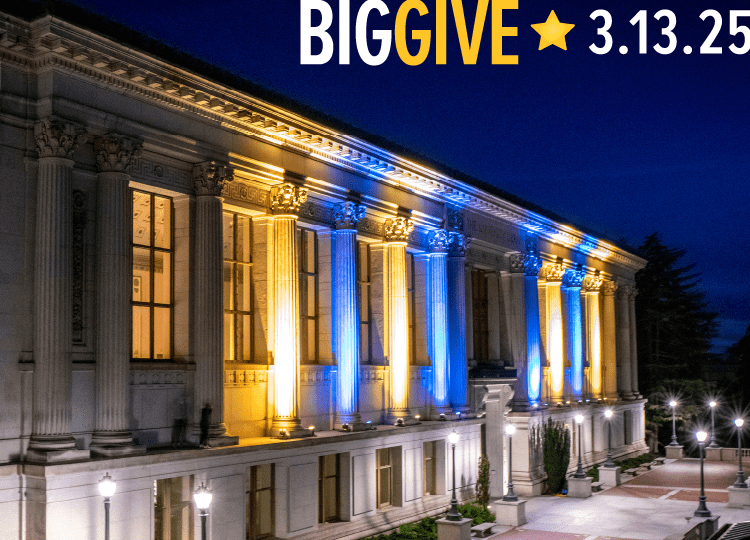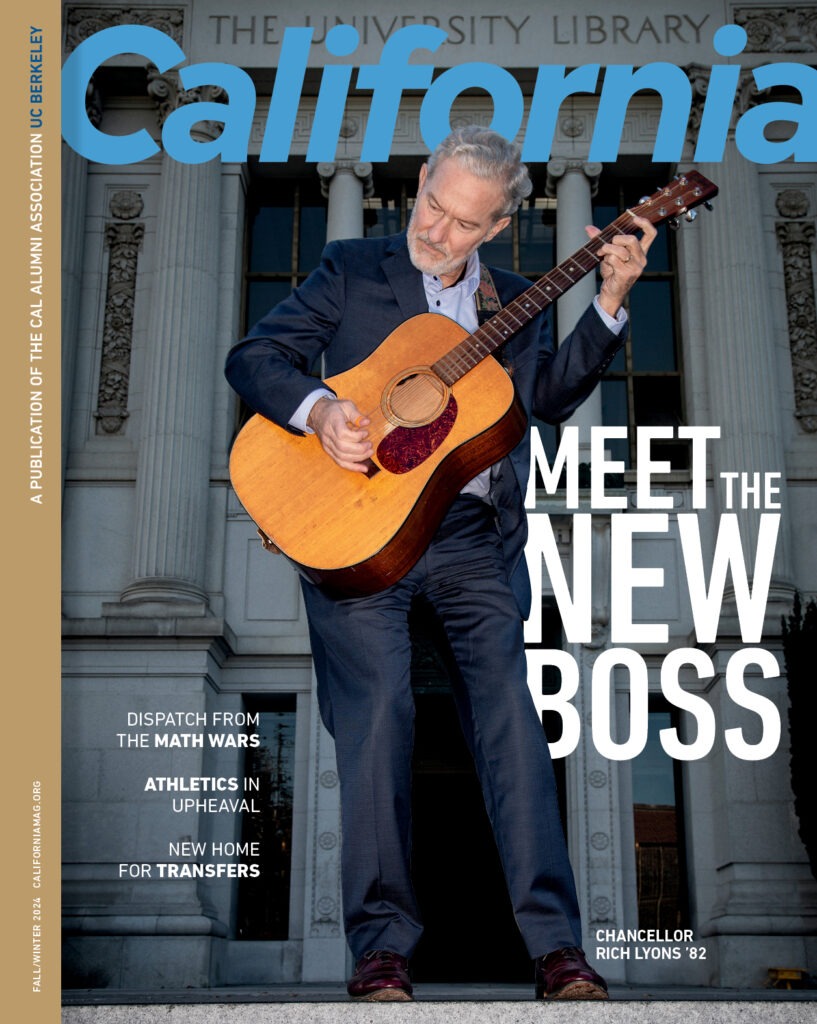Loyal followers of Berkeley’s peregrine falcons have grown used to drama, plot twists, and, well, peregrinations. Ever since Annie and her then-mate Grinnell took up residence in the Campanile in 2016—and live webcams were installed in 2019—viewers have seen it all: births and deaths, disappearances and reappearances, fierce territorial battles, and a succession of male suitors.
But, in recent months, those tuning in to the Cal Falcons cams witnessed a curious thing: a lack of falcons. Since January, the nestbox has been largely vacant. Annie and her latest beau, Archie, have not been seen on or around campus. While Annie and her mates have gone missing before, “This is the first time we’ve seen such an extended absence from the tower,” the Cal Falcons Facebook page acknowledged in late February.
By then, it was presumed the falcons were dead, bird flu a likely cause.
The current outbreak of the Highly Pathogenic Avian Influenza H5N1 began ramping up in 2021, shortly before it was discovered in wild birds in the United States for the first time since 2016. In the years since, bird populations have been ravaged. During the last two months of 2024 alone, 17.2 million hens in the U.S. were killed or euthanized. The disease has leapt to other species, too, infecting hundreds of dairy herds as well as foxes, alpacas, at least one polar bear, and more than 100 humans. (To date, only one person has died of the virus in the U.S.)
Amid all this, peregrine falcons are seeing a sharp decline, their biggest since the pesticide DDT nearly drove them to extinction in the 1960s and ’70s. Throughout the country, researchers are reporting high rates of empty nests. In the Bay Area alone, according to Cal Falcons, some 40 percent of peregrine territories are unoccupied. Equally troubling, perhaps: floaters—the replacement falcons who swoop in to take over a territory or mate—are dropping in number, too.
“It’s hard to deal in any sort of absolute when we’re talking about a bird disappearing,” notes Sean Peterson, Ph.D. ’21, the ecologist who runs the Cal Falcons social media project. Still, he and many others see H5N1 as the “most likely” culprit in the decline: “We know this disease is really, really bad for raptors.” They also know coastal peregrines like Annie tend to feed on seabirds, shorebirds, and waterfowl—all species affected by the bird flu outbreak.
If Annie and her mate are indeed dead, Peterson recognizes what a loss that is. He’s feeling it, too. “Personally, they were a pretty major part of my life for a long time,” he says. It was Peterson’s wife, after all—Lynn Schofield, a biologist at the Institute for Bird Populations—who first heard the distinctive cries of a peregrine in late 2016. Soon after, they scaled the Campanile together to find Annie and Grinnell roosting there. The couple launched a crowdfunding campaign to install 24/7 webcams atop the tower and started covering the pair on social media.
The falcons even became a part of their home life. Peterson and Schofield’s son, who is now 6, grew up watching the livestream, and at least one of the peregrines served as an imaginary friend. “We had, at one point, a big cardboard cutout of Grinnell at our house,” Peterson recalls. “So he would have a tea party with falcon Grinnell, which was hilarious.”
While Peterson acknowledges the concern that bird flu is undoing decades of conservation efforts, he doesn’t quite buy it. “They might have severely lower populations for some period of time, but all the ingredients for them to be successful are still there,” he says. “There is plenty of food, space, nesting sites, and no environmental toxin that’s destroying their ability to reproduce.… I really don’t anticipate that it’s going to be a long-term problem.”
Even if Annie is gone, her life remains a success story. Most wild peregrines live to age 6 or 7, but Annie turned 10 last year and hatched 22 chicks. She was a thriving, urban-dwelling peregrine—and, whether she knew it or not, a star.
“I feel very, very lucky that Annie made it as long as she did and was part of so many people’s lives before something happened,” Peterson says. “There are a lot of nests out there where they get regular turnover, every year or two. We were just incredibly lucky to have this kind of charismatic and constant fixture at Cal.”



















